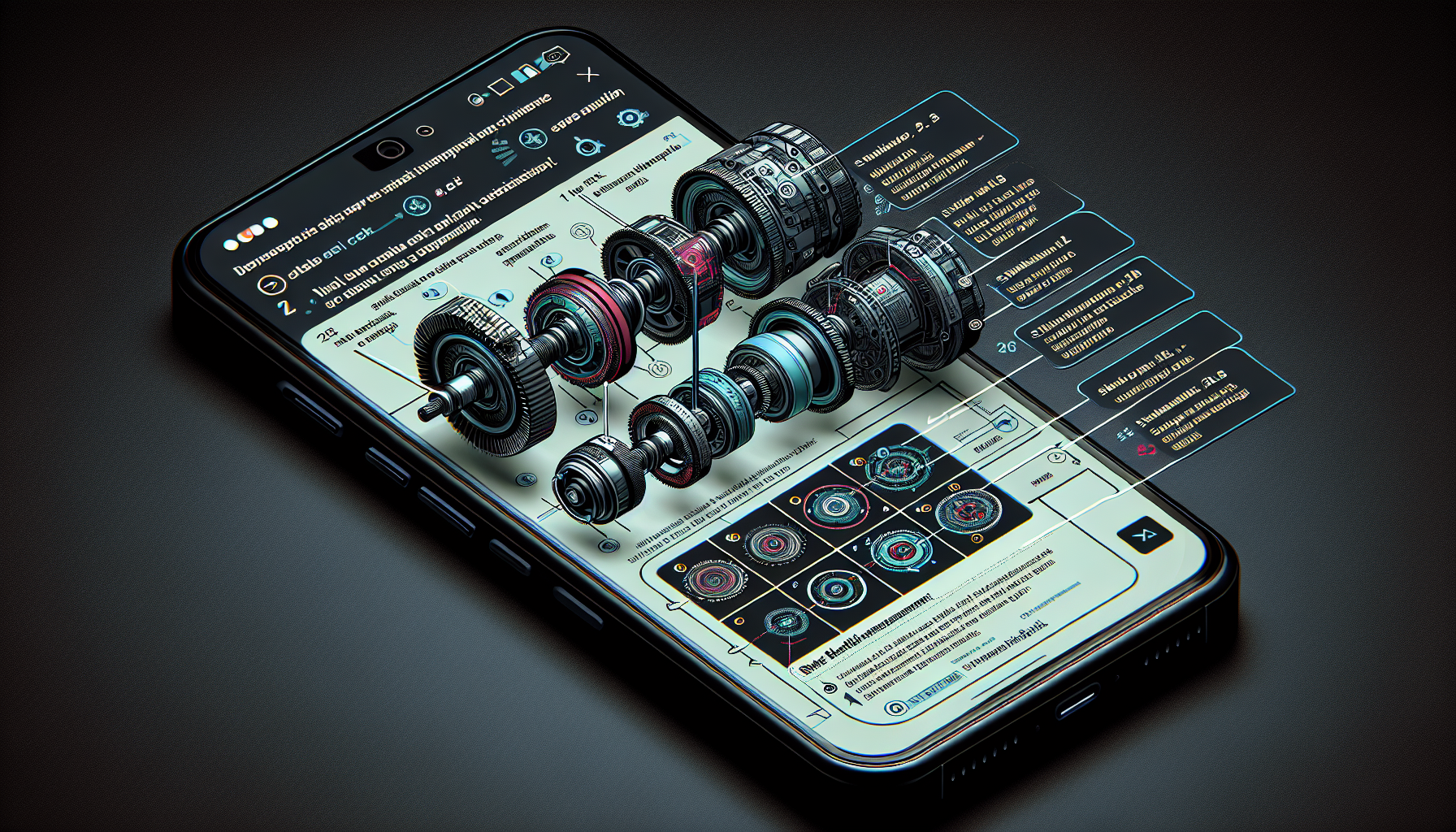
Why Microlearning is the Perfect Fit for Busy Tradespeople?
The life of a skilled tradesperson is no walk in the park. Between deadlines, adopting new technology, and managing your crew, there just never seems to be enough time. Keeping your team on top of the latest safety regulations and technology can feel like a never-ending struggle. Those long training sessions might seem helpful, but they often take workers away from critical work, putting projects behind schedule.
That’s where microlearning comes in! Microlearning is a brand new way to train that’s perfect for busy tradies. It breaks down complex topics into short, easy-to-understand chunks that take just a few minutes to complete. These bite-sized lessons can be anything from fun videos to eye-catching infographics, all designed to be interesting and keep you engaged.
What is Microlearning?
Microlearning breaks down complex topics into short, focused learning modules, typically lasting between 5-10 minutes. These modules can take various formats, including:
Interactive videos: Short, engaging videos that demonstrate techniques or explain concepts in a visually appealing way.
Infographics: Eye-catching one-pagers that summarize key information with clear visuals and concise text.
Podcasts: On-the-go learning that allows workers to absorb information while commuting or during downtime.
Gamified modules: Interactive quizzes and games that make learning fun and reinforce key concepts.
Online modules: Accessible when it works for your team’s schedule. Not the trainer!
Why Microlearning is Perfect for Skilled Trades?
There are several compelling reasons why microlearning is a perfect fit for the skilled trades industry:
- Short and Focused: Microlearning modules respect the busy schedules of tradespeople. They can be completed during short breaks or downtime, eliminating the need for lengthy training sessions that disrupt workflow.
- Improved Knowledge Retention: Shorter bursts of information are easier to absorb and retain than longer, information-dense sessions. Microlearning allows for spaced repetition, reinforcing key concepts over time.
- Increased Engagement: Interactive formats like videos, games, and infographics make learning fun and engaging, keeping trainees motivated.
- Accessibility on Any Device: Microlearning modules are typically mobile-friendly, allowing workers to access them on their smartphones or tablets during breaks or commutes.
- Cost-Effective: Developing microlearning modules can be more cost-effective than traditional training programs. The short format requires less instructional design time and resources.
- Targeted Learning: Microlearning allows for targeted training on specific skills or procedures, addressing precise knowledge gaps instead of covering broad topics.
- Improved Performance: By providing bite-sized, focused training on relevant topics, microlearning can lead to improved job performance, increased safety awareness, and better adherence to regulations.
Examples of Microlearning in Skilled Trades
Here are some specific examples of how microlearning can be used in skilled trades:
- Electricians: A short video demonstrating safe wiring practices for a specific type of panel.
- Plumbers: An infographic outlining the steps involved in a common plumbing repair.
- HVAC technicians: A gamified quiz testing knowledge of different types of heating systems.
- Millwrights: An interactive module on precision shaft alignment steps and techniques.
- Welders: An interactive module on identifying the appropriate electrode/filler metal for specific parent metals.
Getting Started with Microlearning
There are several ways to get started with microlearning in your skilled trades organization:
- Identify Training Needs: Start by assessing the specific knowledge gaps and skill deficiencies within your workforce.
- Develop Content: You can develop microlearning modules in-house or outsource them to instructional design companies specializing in Skilled trades training.
- Choose the Right Format: Select the format that best suits the learning objective and the preferred learning style of your workforce.
- Deliver the Content: Decide on the most effective way to deliver the content, such as through a Learning Management System (LMS) or a dedicated microlearning app.
- Track and Measure: Monitor learner engagement and measure the effectiveness of your microlearning program by tracking knowledge retention and applying learned skills on the job.
The Future of Training in Skilled Trades
Microlearning is not intended to replace traditional training entirely. However, it represents a valuable tool for supplementing existing programs and delivering focused knowledge precisely when and where it’s needed. By embracing microlearning, skilled trades organizations can ensure their workforce remains equipped with the latest skills and knowledge to succeed in a rapidly evolving industry.
Microlearning lets your team learn new skills and stay up-to-date on the latest regulations, all without sacrificing valuable work time. Ready to see how microlearning can transform your skilled trades training? Check out XLR8ed Learning (https://xlr8edlearning.ca/) and see how their Skilled Trade courses can help your team win big!



